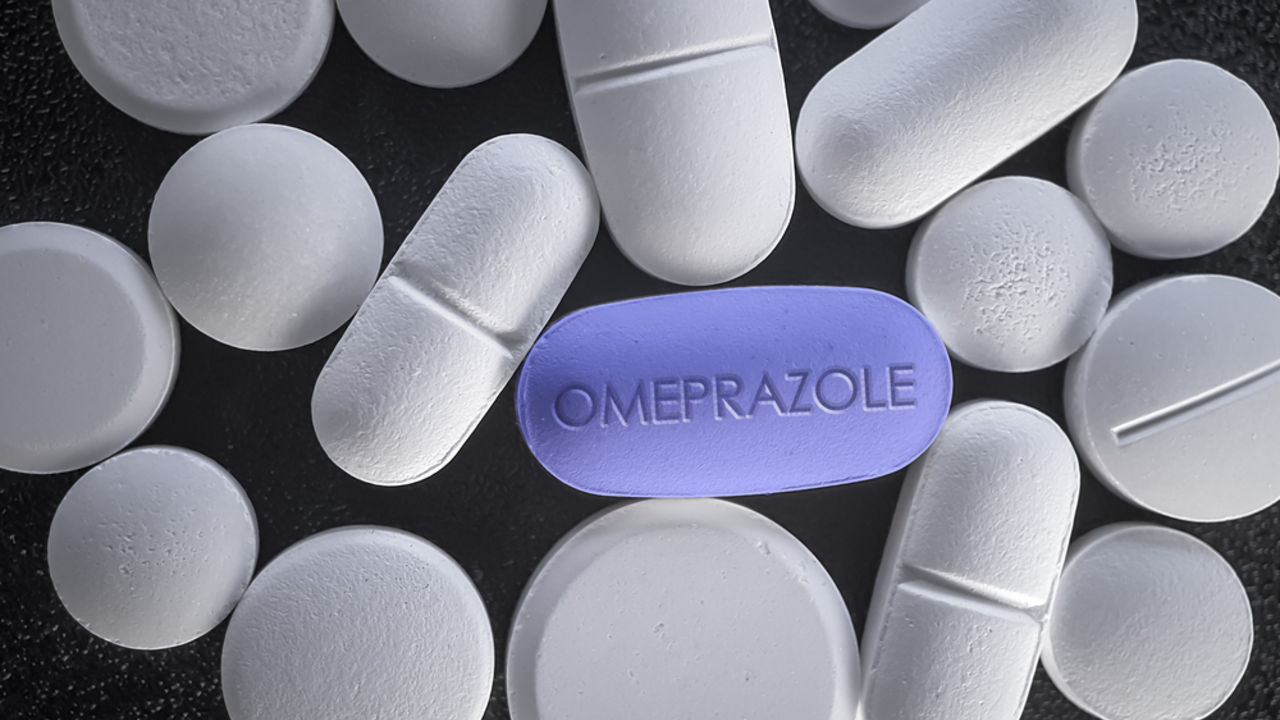Alcohol and Medications: Smart Rules to Stay Safe
Quick fact: alcohol that seems harmless can turn a common medicine into a serious risk. If you take prescription or over-the-counter drugs, know how alcohol changes their effect before you drink.
Some interactions are immediate and dramatic. Mixing alcohol with sedatives like benzodiazepines, opioids, or sleep pills can cause dangerous breathing problems and loss of consciousness. Antidepressants and antihistamines often double down on drowsiness, making driving or operating machines unsafe.
Certain antibiotics cause a “disulfiram-like” reaction — think flushing, nausea, headache. That’s classically metronidazole and tinidazole, and can also happen with some cephalosporins. Stay away from alcohol during treatment and for 48 hours after these drugs.
Other specific risks: combining alcohol with acetaminophen increases the chance of liver damage, especially with regular heavy drinking. Alcohol can push warfarin’s effect up or down and change bleeding risk. For people on diabetes meds, drinking can trigger low blood sugar. And if you use nitrates for angina, alcohol plus nitrates may drop your blood pressure dangerously low.
Simple rules you can use right away
1) Read the leaflet. It lists alcohol warnings and how long to wait after stopping the drug. 2) Ask your pharmacist one simple question: “Can I drink while taking this?” They’ll give a quick, specific answer. 3) If a drug makes you sleepy, skip alcohol entirely while the medicine is active. 4) For metronidazole or tinidazole, avoid alcohol during treatment and for 48 hours after the last dose.
If you drink regularly, tell your doctor. Some medicines need dose changes or safer alternatives for people who drink often. Don’t guess: mixing painkillers and alcohol is a common cause of emergency visits, and your clinician can adjust your plan so you’re not risking your liver or heart.
Practical tips for one-off mistakes and travel
Missed that warning and had a drink? If you feel severe flushing, vomiting, fainting, or shortness of breath, seek medical help. For mild drowsiness or nausea, stop drinking and contact your prescriber. When traveling, keep medications in original packaging and save a photo of the leaflet—pharmacists abroad can read it and advise.
Pregnancy and breastfeeding change the rules. Alcohol can harm a baby at any stage, and many drugs are unsafe in pregnancy. If you’re pregnant or planning pregnancy, avoid alcohol and check every medicine with your obstetrician. Breastfeeding while drinking may pass alcohol and drugs to your baby—timing and alternatives matter, so ask for clear, practical advice.
Keep a short list of all meds, vitamins, and how much you drink. Share it at every medical visit and when buying medicine. If a new prescription arrives, pause alcohol until you read the leaflet or ask. Small habits prevent big problems: one honest conversation with your pharmacist often saves a hospital trip. Carry the list with you.
Bottom line: alcohol changes how drugs work and can make them unsafe. A quick check with the leaflet, your pharmacist, or your doctor prevents most problems. If you’re unsure, don’t drink until you confirm it’s safe.

